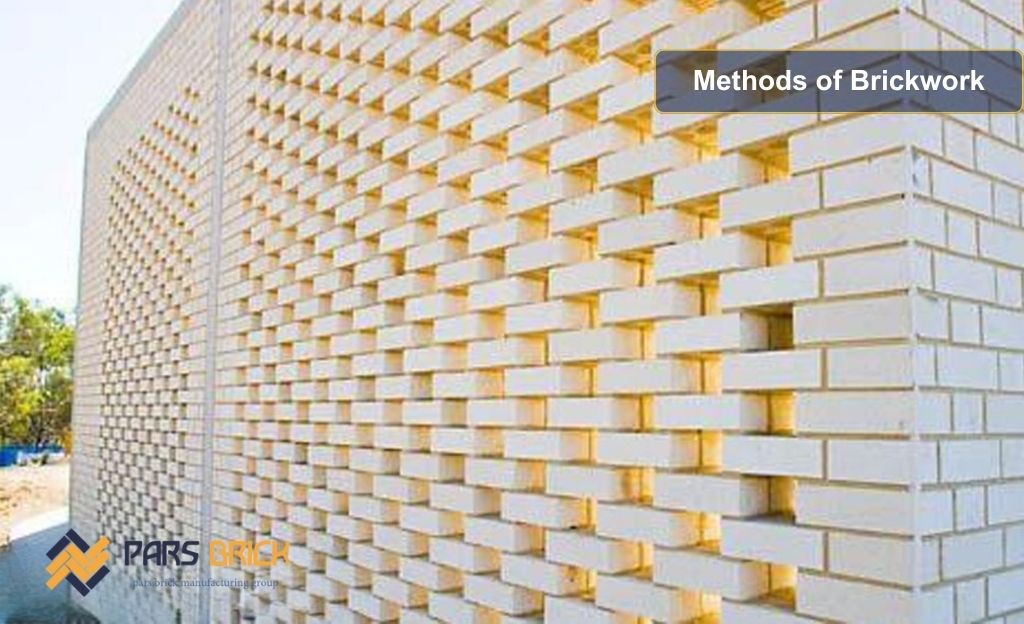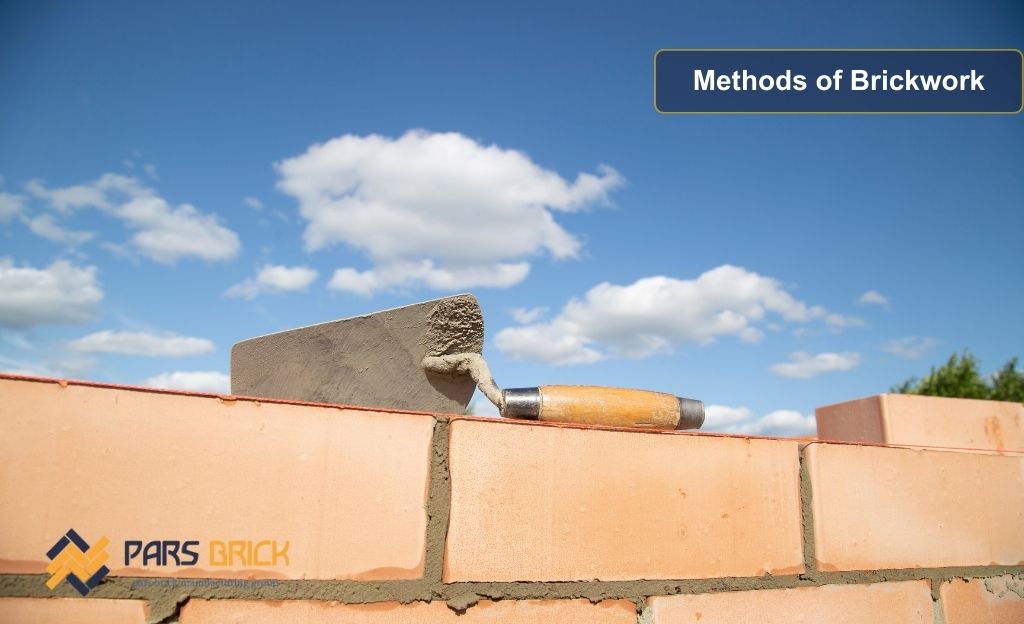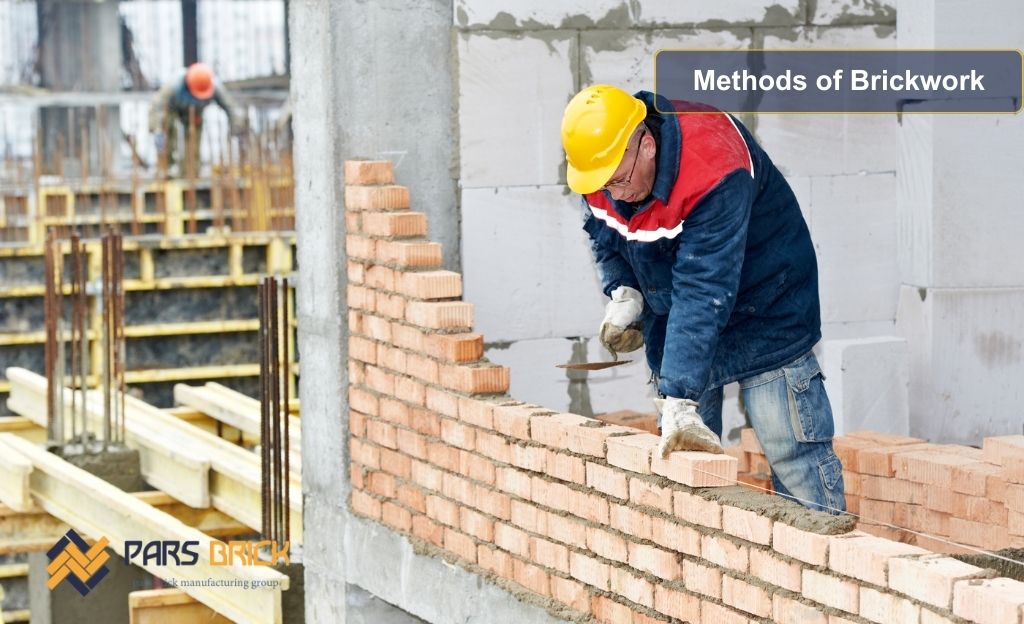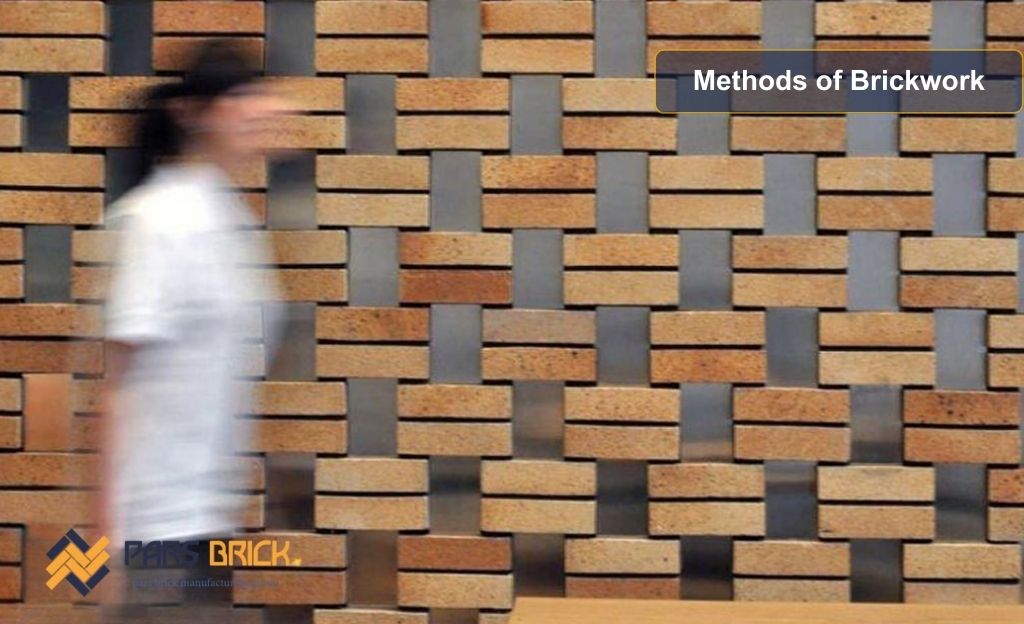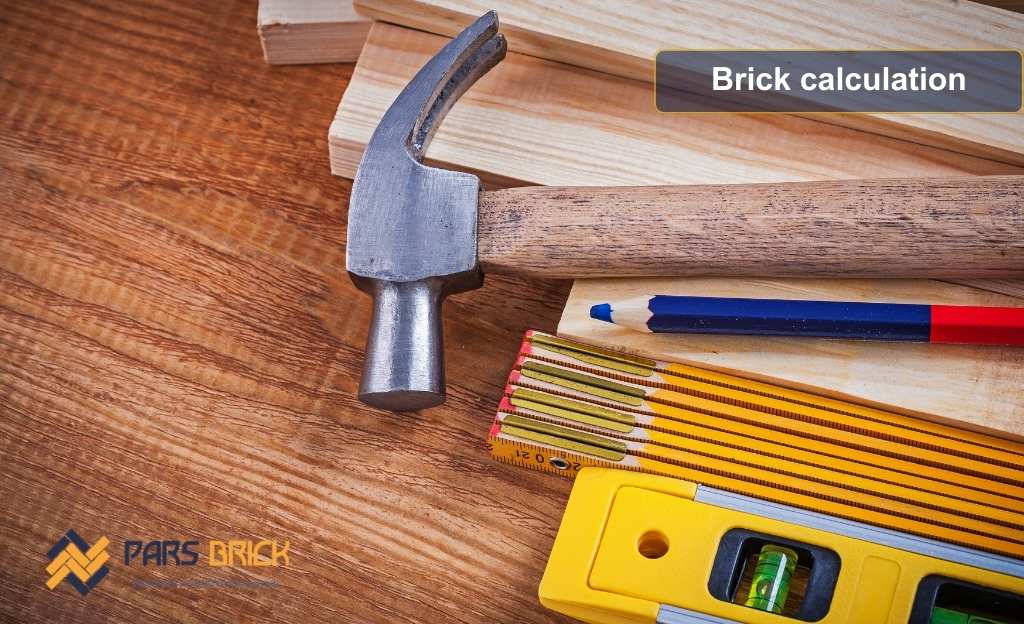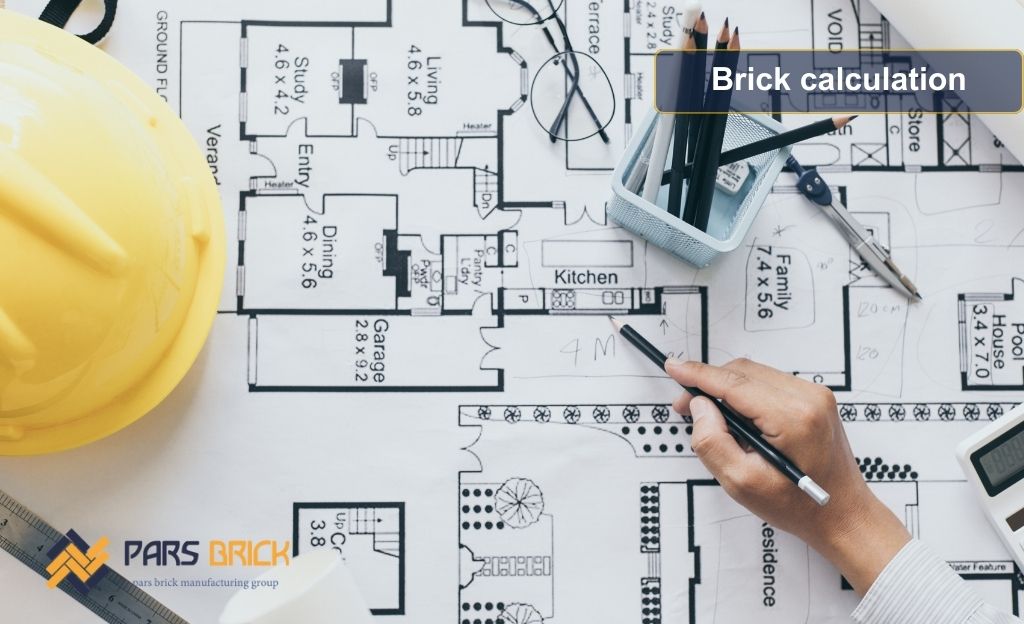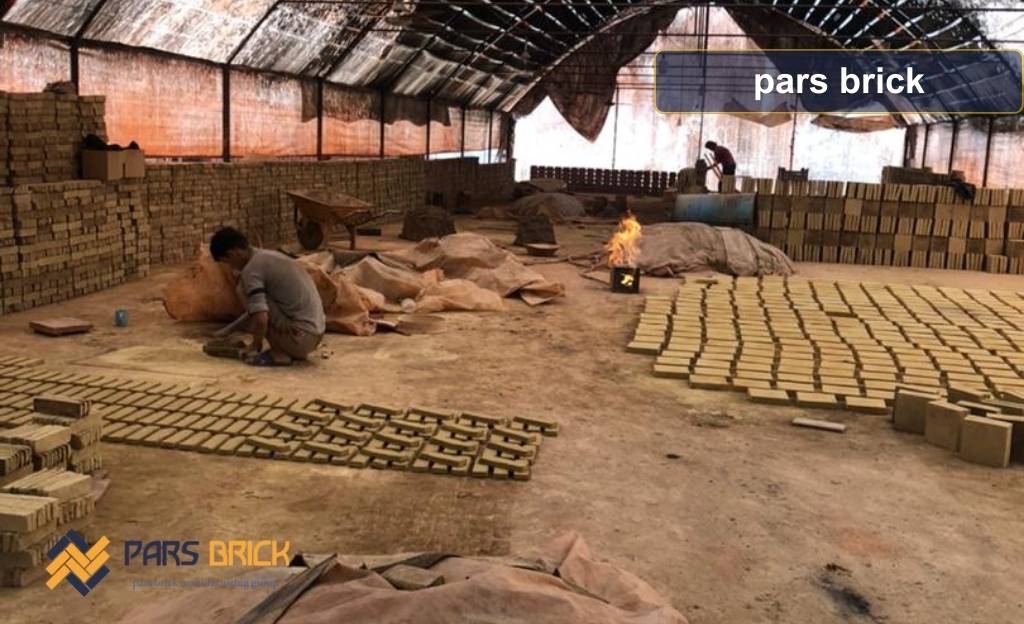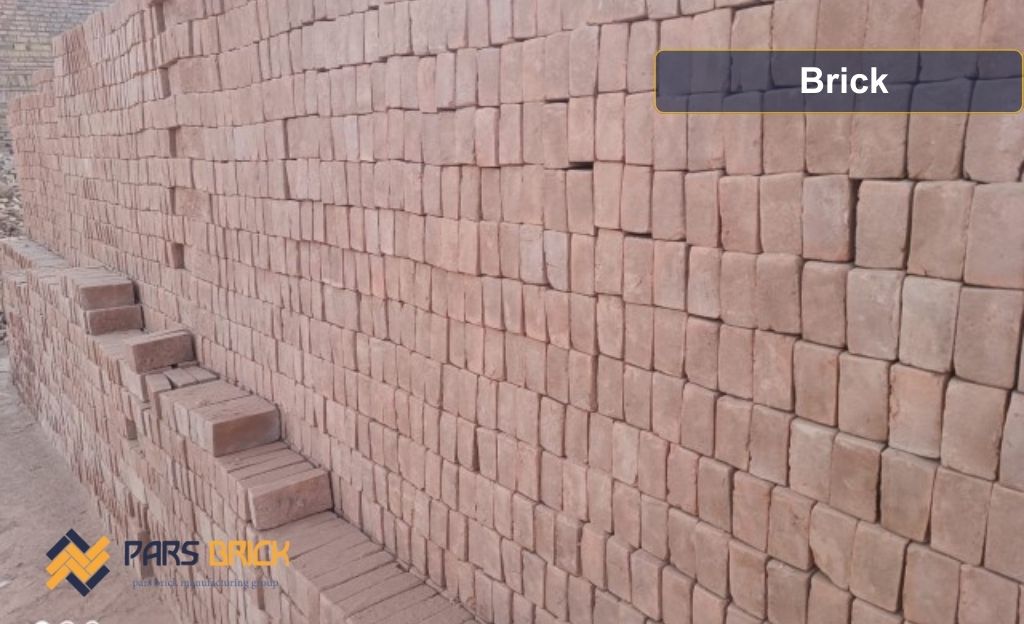What Are the Methods of Brickwork?
The art of arranging bricks in buildings to create decorative facades that harmonize with the structure’s design is referred to as methods of brickwork.Iranian architects have strived to extensively use bricks in various decorative forms while preserving the organic quality of this material in relation to the building’s shape. Based on the surviving works, Iranian architects have experimented with numerous brickwork techniques since the 4th century AH (10th century AD).Soaking
For more information, feel free to check out our Brick facade
Bricks (Zanjab Kardan)
When bricks come out of the kiln, they are dry and tend to absorb the moisture from the mortar, which can compromise its effectiveness. To prevent this, the bricks are soaked in barrels of water for about half an hour to saturate them and ensure they do not damage the mortar. This process is called soaking or zanjab kardan.
It is important not to confuse soaking (zanjab kardan) with abrasive washing (abrasab kardan).
Quvareh Bori (Carving)
This is a technique typically used in woodworking, but it is occasionally encountered in very limited applications in brick decoration. Quvareh Bori is essentially one of the methods of brick carving, where instead of angular patterns, circular or curved shapes are used. Its primary application is in the decorative frames of building facades. Before the Qajar period, these designs were often in the form of polaki (coin-like patterns) or sine kabki (curved chest-like patterns), presenting a continuous and uniform design. The widespread use of Quvareh Bori with various patterns and motifs is attributed to the Qajar era and continued into the early Pahlavi period. Some fascinating examples of this art can still be found in Shiraz.
Reg Chini (Layering)
In brickwork techniques, the arrangement of bricks of a single color to create different designs and patterns on a flat surface is referred to as Reg Chini. The variety of patterns depends on how the bricks are positioned on the facade.
- Rasteh (Row): A brick placed lengthwise and edge-on in the facade.
- Kalleh (Head): A brick placed with its short side (head) horizontally or vertically in the facade.
- Qad Nama (Vertical Edge): A brick placed lengthwise and vertically in the facade.
- Khab Nama (Horizontal Surface): A brick laid flat on the floor with its entire surface visible.
- Lariz (Stepped): Bricks arranged in a stepped pattern.
- Laband-e Moratab (Alternating Head and Row): A pattern where bricks alternate between head (short side) and row (lengthwise).
- Nima Nim (Half and Half): The most common brickwork method. In this style, all the rows are laid lengthwise, with the vertical mortar joints of the upper row aligning perfectly at the center of the bricks in the row below.
Other well-known and diverse designs include Kalleh Rasteh (head and row), Khafteh Rasteh (sleeping and row), Basket Weave, Chevron, Chessboard, and more.
For more information, feel free to check out our traditional brick
Floral Patterns (Gol Andazi)
During the process of layering bricks (Reg Chini), they are arranged in such a way that various floral patterns, such as seven-petal or five-petal designs, are created. Excellent examples of this technique can be seen in the azaras (lower decorative sections of walls) of houses in Yazd. The most famous floral pattern is known as Shesh Band-e Shirazi (Six-Band Shirazi), created by arranging five rows of bricks, each with six sections, to form stunning geometric designs. These patterns are sometimes laid out flat (Ham Row) or with a “raised and recessed” effect (Hasht-o-Gir), adding a three-dimensional quality to the design. Fine examples of this style can be seen in the Jameh Mosque of Yazd.Sometimes, bricks are combined with pre-made tiles, and the tile designs shine like jewels against the brickwork background. One of the finest examples of such floral patterns can be found in the Akhangan Tower and the Radkan Tower in Khorasan.
For more information, feel free to check out our refractory bricks (fire brick)
Knotwork (Gereh Sazi)
This is one of the most intricate and detailed methods of brickwork, achieved by using different pieces of cut and chiseled bricks in a variety of shapes and sizes. Knotwork patterns are based on simple geometric forms such as triangles, diamonds, squares, rectangles, and trapezoids, and their combinations to create polygons, star shapes, and more.Beautiful examples of this technique are seen in the Samanid and Buyid dynasties. Notable examples include the Gowharshad Mosque, the Gur-e Amir Mausoleum in Samarkand, and the Jameh Mosque of Varamin from the Ilkhanid period. Sometimes, floral patterns (Gol Andazi) and knotwork (Gereh Sazi) are combined to create stunning designs. The Tomb of Amir Ismail Samanid (dating back to the 3rd century AH, whose architecture follows the traditions of pre-Islamic Iranian architecture) is a remarkable example of this technique.
Brickwork with Decorative (Stamped) Bricks
Decorating building facades with embossed, patterned stamped bricks (Mehri bricks) dates back to the Ilkhanid era.In this technique, square, rectangular, diamond-shaped, cruciform, and other types of bricks with various embossed patterns are used. These bricks are complemented by decorative elements such as spandrels, arches, borders, roof edges, and sunscreens, often placed on the piers or between the two floors of a structure featuring stamped bricks, creating a visually appealing appearance. This method became particularly popular during the Qajar period in cities such as Yazd, Kashan, Shiraz, and Tehran.In the architectural works of Yazd, these decorative bricks are categorized into four groups:
- The use of a single brick with a complete pattern placed at the center of plain bricks.
- A set of four bricks placed together to form a complete pattern.
A Border of Consecutive Patterned Bricks
Large frames on expansive surfaces are created using patterned bricks, with each brick contributing a part of the overall design.
Colored Brickwork or Colored Knotwork (Gereh Sazi Rangin)
In this method, various patterns are created using bricks of different colors, arranged on a flat surface.The use of colored bricks in building facades dates back to the Ilkhanid era.A scroll from approximately 120 years ago exists, showcasing numerous designs based on geometric patterns and Kufic calligraphy, demonstrating this style of brickwork.
For more information, feel free to check out our fireclay
Khun Chini (Sunken Brickwork)
This is a specific type of brickwork that incorporates recessed and knotwork patterns. It was widely practiced in Shushtar and Dezful. This technique allows for the creation of shaded recesses, which help reduce the heat entering the building.The primary foundation of Khun Chini designs is based on cruciform (cross-shaped) patterns, which, when arranged in various compositions, form petal-like shapes radiating around a central point. Often, the center of these designs, which is the most prominent part, is adorned with inscriptions such as Allah, Muhammad, or Ali, written in Kufic calligraphy.
Fakhr-o-Madin (Latticework)
In this style, bricks are arranged in lattice patterns, creating an open mesh-like design.
Hasht-o-Gir (Raised and Recessed)
In this method of brickwork, the arrangement moves away from flat, smooth surfaces and instead creates designs with raised and recessed elements. These alternating projections and depressions produce a play of light and shadow, giving the building a distinctive appearance. (Hasht means highly raised, and Gir refers to recessed.)The most famous example of this style is Hasht-o-Gir Shirazi, where raised and recessed patterns are completed and repeated across six rows and five layers. This brickwork is also known as Shesh Band-e Shirazi (Six-Band Shirazi).
Waterfall (Abshari)
This design is also found in plasterwork. In brickwork, the angles are sharp and right-angled, but in plasterwork, the angles may be curved.
Fan Pattern (Bad Bazani)
In this method, the surface is divided into squares, and in each square, one brick is placed horizontally and the other vertically.
Ma’ghali (Mixed Brick and Tile)
This is a type of brickwork in which bricks are combined with tiles.One example of this technique can be seen in the mausoleum of Khwaja Atabak in Kerman.However, perhaps the most beautiful and outstanding example of this mixed brick and tile work is a masterpiece found in Sangan, Khorasan, on the road from Jam to Zozan.
Kharqan Towers
The Kharqan Towers are two octagonal tomb-shaped towers located in western Iran.These two towers are 30 meters apart and date back to the Seljuk era.Each corner of the octagonal structures features unique brickwork designs, decorated with various types of mortar.The first tower was built by architect Mohammad ibn Makki al-Zanjani in 460 AH (equivalent to 1067–68 CE), and the second tower was constructed by architect Abu Ali Makki al-Zanjani in 486 AH (equivalent to 1093–94 CE). Approximately seventy different types of brickwork were used in the construction of these two towers. Although the bricks themselves are simple, the patterns they form are exceptionally beautiful. Two types of bricks were used in these towers: carved bricks and pre-made decorative bricks.
For more information, feel free to check out our pars brick
Kabood Gonbad (Blue Dome)
Kabood Gonbad (Blue Dome) is one of the structures from the late Seljuk period, located in Maragheh.Some sources date the construction of this monument to 593 AH, while others suggest 582 or 686 AH.


